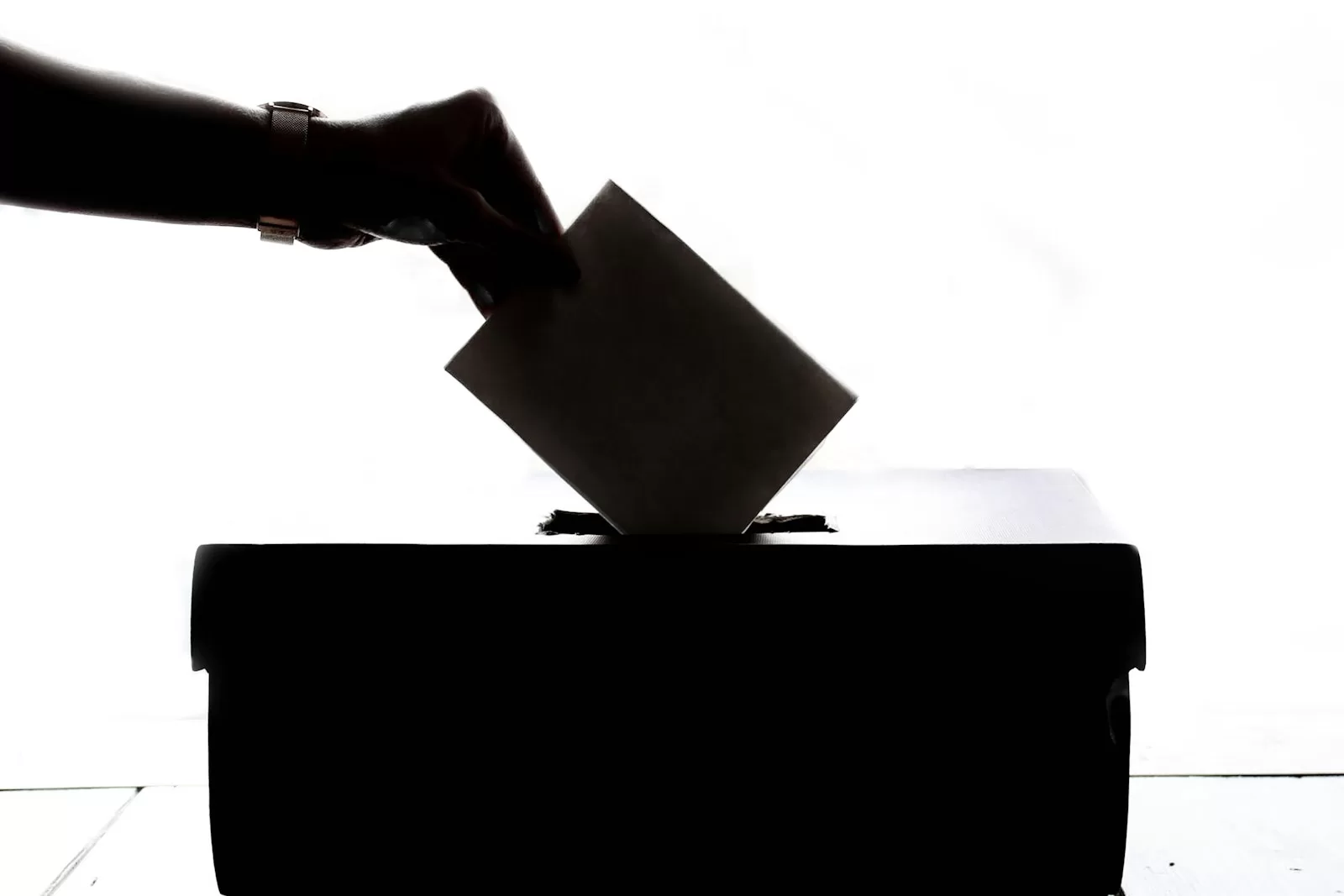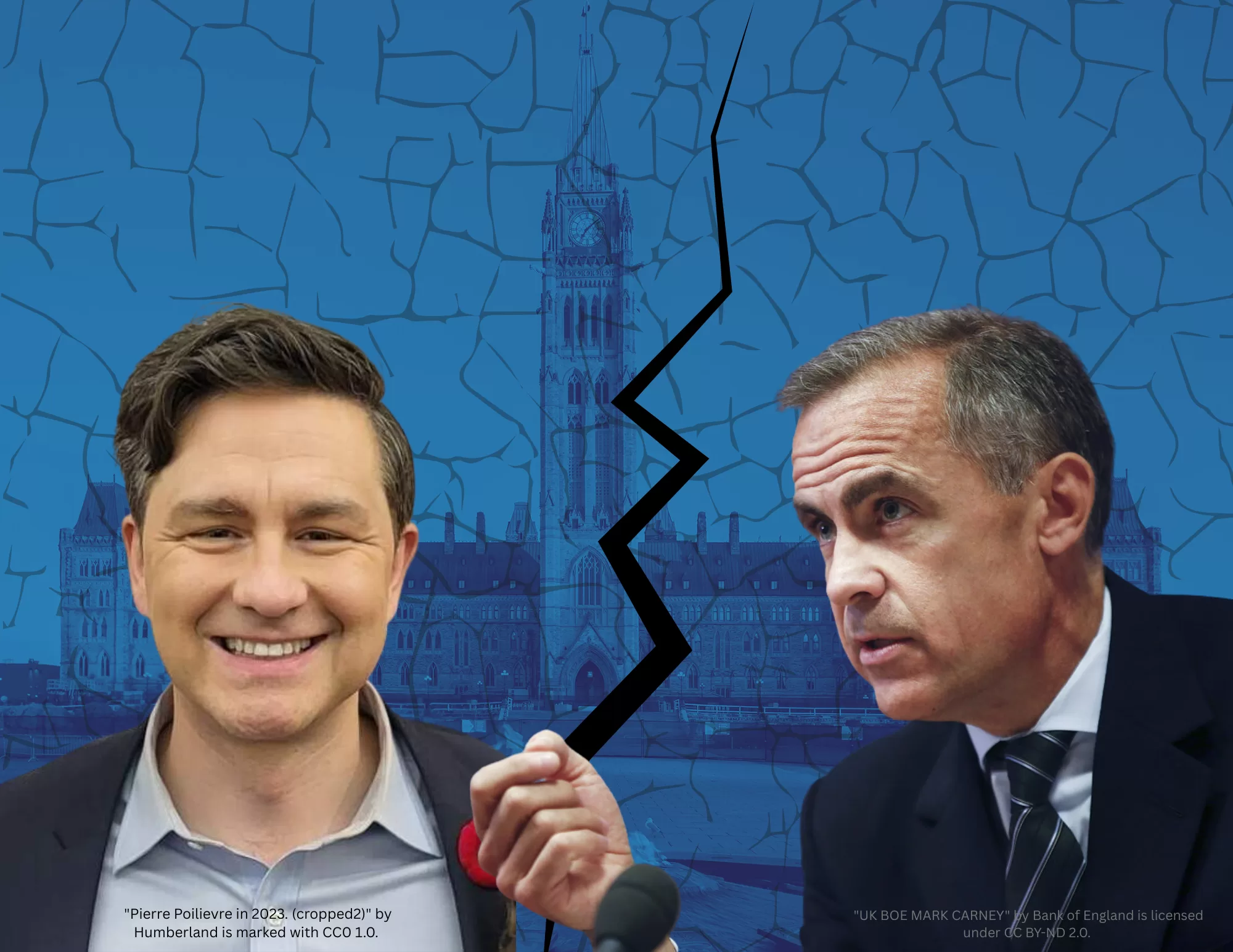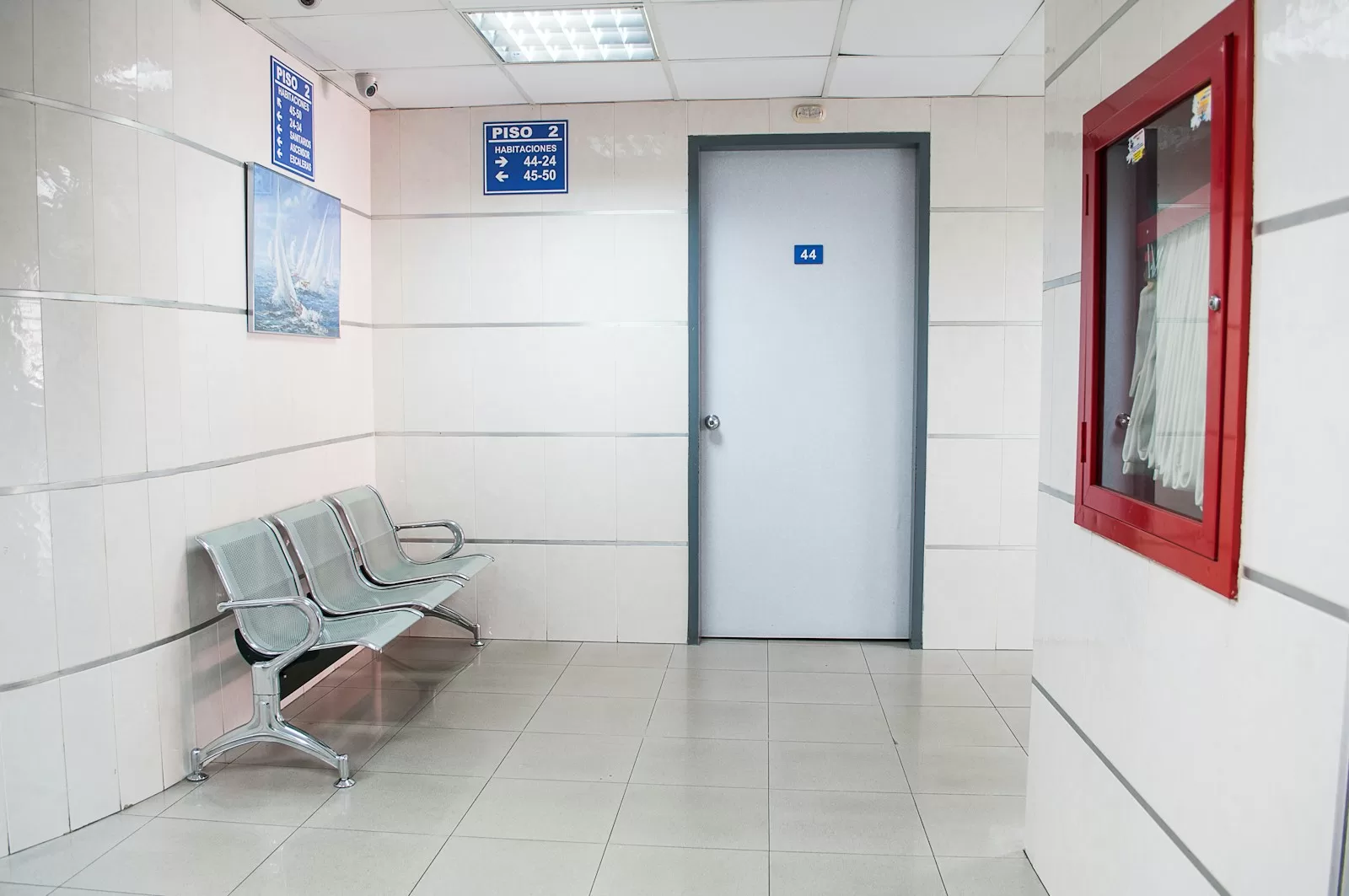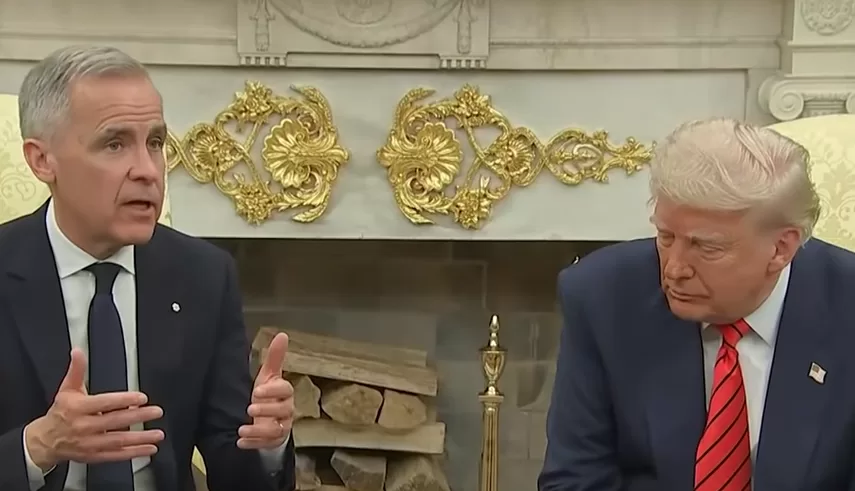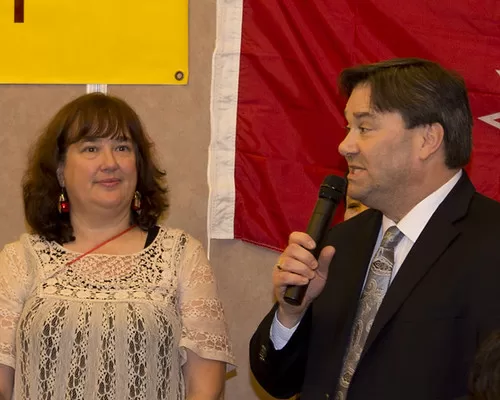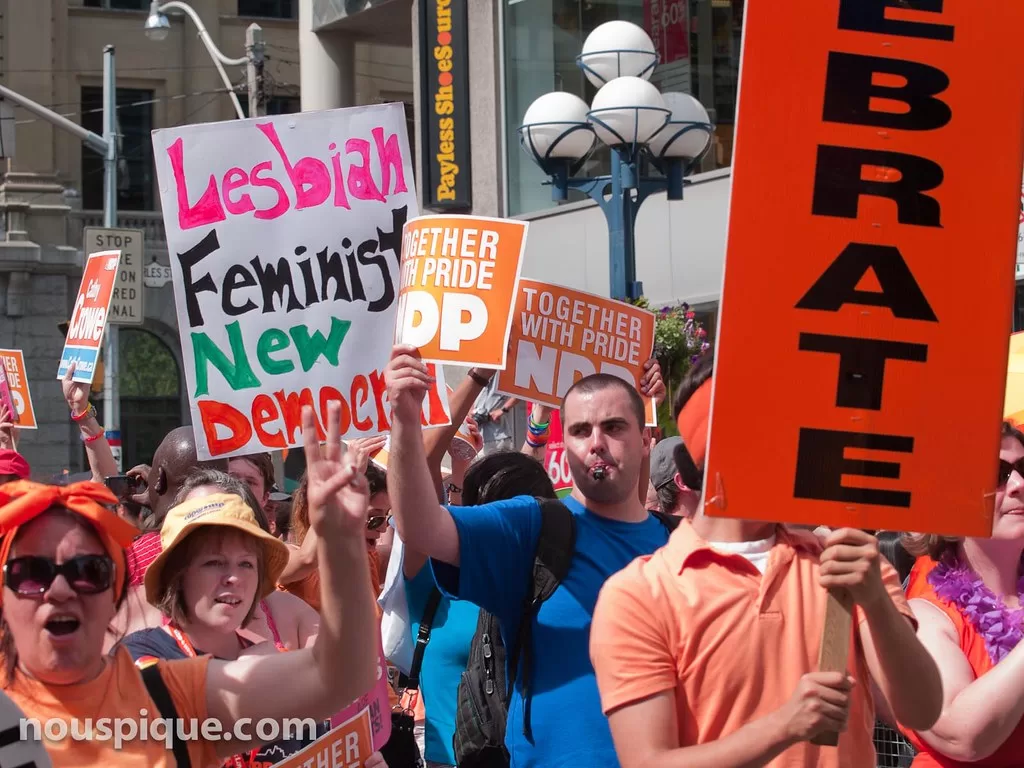In March of 2024, a report came out stating that sitting Ottawa Centre MPP Joel Harden was preparing to put his name in the hat to become an MP in the next federal election. Though it was not known exactly which riding he would run in federally, Harden was a longtime and popular MPP in Ottawa Centre, and a name that would certainly make the race between he and the Liberal candidate in the riding interesting.
By January 2025, Harden had officially won the NDP’s nomination to be the candidate of Ottawa Centre. And at this time, things were only looking up for Harden. On the day of Justin Trudeau’s resignation, 338Canada projected that the NDP had a 93% chance of winning the race in Ottawa Centre. What’s more, during a time of preparation for his next big endeavor, Harden selflessly worked relentlessly to make sure that progressive voice and former Ottawa mayoral candidate Catherine McKenney would hold Ottawa Centre as NDP provincially – something which they succeeded in. Harden, a selfless, progressive, true left-wing voice had seemed destined to become the NDP’s next big voice in the House of Commons.
Then, something weird began to happen. The NDP began to plummet federally as its voters flocked to vote for Mark Carney’s Liberal Party in some harm-reduction based fear of the Conservatives. By the end of January, Ottawa Centre was a 50-50 race; by the time Carney officially became Prime Minister, the riding was considered safe for Liberals. And on election day, Liberal incumbent Yasir Naqvi would win the riding with 62% to Harden’s 20%.
Joel Harden, a man who represents the values that the NDP stood for at its best – labour rights and social justice – is now left without a job in politics because he believed that the federal NDP would help lead him to victory in the riding he turned safely orange provincially.
Harden’s case is sadly not unique. Many other strong local progressive voices were crushed by Liberals in ridings they should’ve had a chance in, and many incumbent NDP MPs lost their seats to other parties. These progressive losses happen primarily in two ways; ways which are representative of the dichotomy alluded to in the title of this article; ways which must be discussed if the New Democratic Party ever wants to rebound from the disastrous showing that they put up in 2025.
Problem 1: The NDP is Failing its Candidates
This problem is self-explanatory especially with the juxtaposition of Harden’s story. There is no need for strategic voting in a riding like Ottawa Centre, where the Conservative always places third and where there is only ever a serious race between the Liberals and the NDP. This is not a Carleton situation. In ridings like Ottawa Centre, it is my argument that the NDP is failing its candidates. Every single day on the campaign trail where candidates like Harden were left to canvas with limited budgets and negatively affected by Jagmeet Singh’s plummeting favourability was a day reinforcing the fate of these progressives who so earnestly cared for the communities they were running to represent.
And ultimately, this was reflected in the results seen on election night. Why did the NDP lose 13% of the vote in Ottawa Centre? Was it because people were switching from NDP to LPC in order to prevent a CPC win? Unlikely, as the CPC never had any shot at winning there. Was it because universally beloved Ontario MPP Joel Harden was too weak a candidate? I think we all know the answer to that question.
The NDP collapsed in Ottawa Centre because they ran a completely tone-deaf campaign. They didn’t hammer hard enough on the issues that will persist in Canada whether it’s the CPC or LPC in power, and they simply flailed around like a fish as they began to collapse in support. This iteration of the NDP will simply be remembered as effective in parliament with minimal power but lacking any semblance of instinct when it comes to electoral politics. This needs to change before the party can recover.
Problem 2: Strategic Voters Failed the NDP
Let’s now examine the other type of riding; the type of riding that was held by the NDP going into the 2025 election; the type of riding where it didn’t help that the NDP was weak on rhetoric, but where the main issue was elsewhere. For this type of riding, we move to look at North Island-Powell River.
The NDP candidate for this race was Tanille Johnston, expected to replace popular incumbent Rachel Blaney, who announced she would not be running for re-election. Clearly, North Island was NDP territory. This should’ve been something that any voter who wanted to block a Poilievre government would understand, especially when considering that the Conservative candidate in the riding was seen as one of the most extreme candidates that the CPC fielded this election cycle. As it turned out, strategic voting put this extreme conservative in parliament.
Had the NDP maintained the 39.5% of the vote it got in the riding in 2021, Johnston would’ve won the seat against the Conservative’s 38.8%. Unfortunately for her, though, the NDP was spoiled by the Liberals in this riding, who won 26% of the vote. Had just a quarter of these Liberals voted NDP, this extreme Conservative would not have a job right now. These voters, though, failed in understanding that strategic voting does not always mean voting Liberal.
In North Island-Powell River, in Skeena-Bulkley Valley, in Cowichan-Malahat-Langford, in Elmwood-Transcona, and in so many other ridings, the NDP could’ve weakened the Conservative seat count if the voters of these ridings understood that the Liberal vote is not always the most strategic vote. This can be said for Kitchener Centre too, where GPC incumbent Mike Morrice lost to a Conservative by under 400 votes – and where the Liberals had over 17,000 votes.
I’m not going to sit here and say that anybody owes any party their vote – but I will make the claim that the vast majority of these Liberal voters would have preferred their NDP incumbents to the Conservatives that they ended up with because they wanted to be uncompromising. As I said in the beginning of this part, the NDP’s weak rhetoric never helps – but in a riding like North Island, it was not the main problem.
What are the Solutions?
This part of the article is always the hardest part. Now, I need to sit here and tell you that I, an undergrad student, have all the answers to a downward shift in momentum that’s been occurring since the death of Jack Layton, when I was 6 years old. That’s just not the case. But as I’ve sprinkled in during my writing, I have a few suggestions.
For the first problem, let candidates run on more real issues. Let candidates show off their personalities and let them talk about Trump. Healthcare is important, but voters don’t care so much about it in a federal election. Instead, talk about how what little good came out of Trudeau’s government was NDP policy. The NDP has sponsored great programs, and it’s a shame that their rhetoric doesn’t match it.
For the second problem, the party unfortunately does not have much control. It’s easy to surpass vote splitting when Conservatives make up 25% of the population in a riding. But as they creep up to 40%, the NDP needs more and more Liberals to compromise – and Liberals are very uncompromising. The solution to this is defeating the ever-growing monster that is Canadian conservatism. The NDP cannot do this alone.
So, remember: if you’re a high ranking NDP official reading this, you failed your candidates. And if you’re a Vancouver Island voter who switched from NDP to LPC this election, you failed the NDP.

